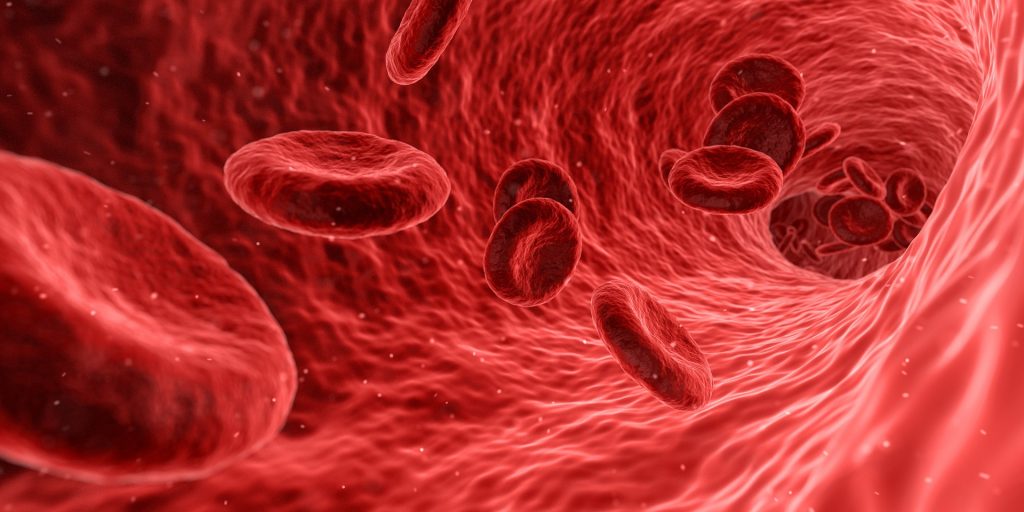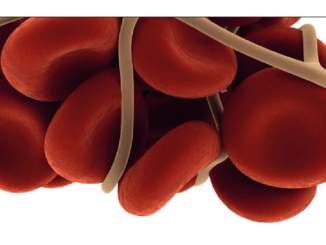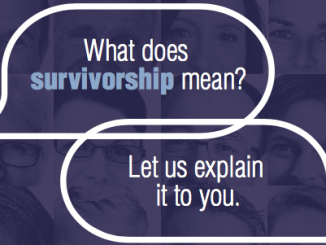There is too little awareness about cancer associated thrombosis: this is the main result of the first survey on awareness of cancer related thrombosis presented by ECPC (the European Cancer Patient Coalition) for the World Thrombosis Day.

A preventable disease
Thrombosis is the second most common preventable cause of death in patients with cancer, and therefore knowing who is at risk, and providing strategies for prevention and treatments, present one of the most important objectives oncologists should have. But eventually, ECPC found that only 28% of their survey respondents were previously conscious of the phenomenon. Moreover, among them, the level of understanding was nevertheless reported to be low: over half of the respondents (55%) gave a rating of 4 out of 10 or below. Awareness of the risk factors related to cancer associated thrombosis varies a great deal. For example, virtually all respondents (90%) said that they were aware of the risks related to inactivity, but less than half (46%) said that they were aware of the risks related to radiotherapy. Symptoms are also usually known: 73% of respondents said they were aware that swelling in the foot, ankle or leg could be a sign of deep vein thrombosis, and 71% that unexplained shortness of breath could be a sign of pulmonary embolism. But only 57% recognized that pain, cramping or tenderness could be a sign as well, and under a third that an irregular heartbeat could be a sign of pulmonary embolism. Just over a third was currently using anticoagulants, although 96% knew their effectiveness in treating thrombosis. Only 41% of those using anticoagulants said they had been told about any possible side effects, and 22% had suffered some of these themselves.
Raising awareness
After having explained the key outcomes in the light of the results, ECPC through its survey offered some recommendations: to increase awareness, health professionals should provide more information for patients at the time of the cancer diagnosis, and also at follow-up appointments. But at the point when patients are given information about cancer-associated thrombosis, it’s essential not to forget the lesser known risk factors (including the risks associated with cancer surgery, chemotherapy and radiotherapy) and symptoms (a warm or heavy sensation in the leg, cramping or tenderness, for deep vein thrombosis, and coughing up blood, dizziness and an irregular heartbeat for pulmonary embolism). Regarding prevention strategies, beside quitting smoking and taking a walk, less is known: ECPC strengthens the need of sharing other possible preventive actions, which include being hydrated.
Lastly, regarding treatment, patients using anticoagulants should receive more written information about the side effects, and what to do if they experience any of these symptoms. Serious side-effects can include easy bleeding or bruising, anemia, allergic reactions, and dark urine. Patients also need to be given clear information about the risks and benefits of long-term use of anticoagulants, especially in older people.






Leave a Reply